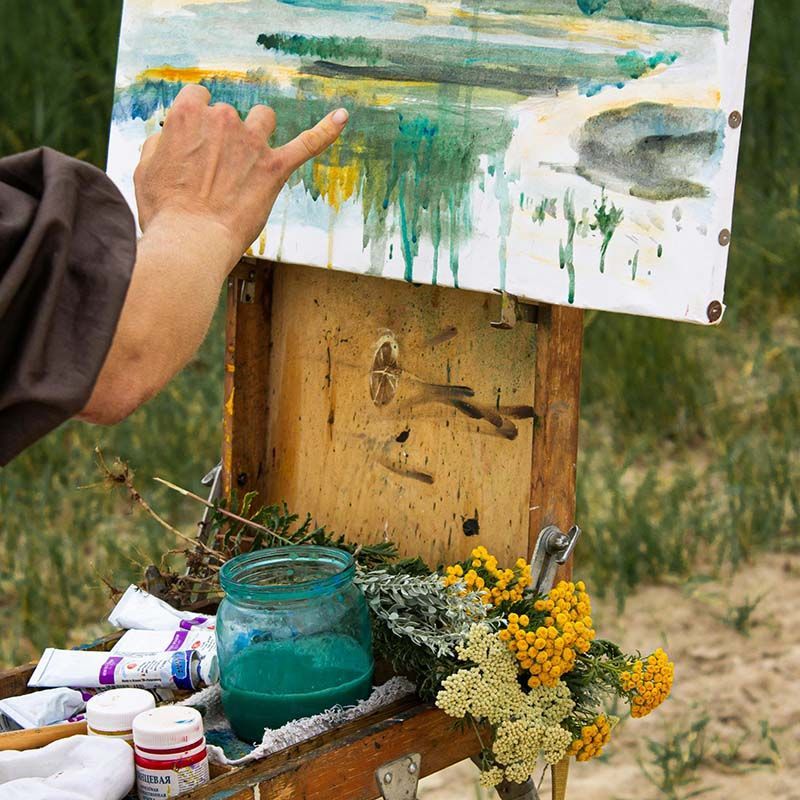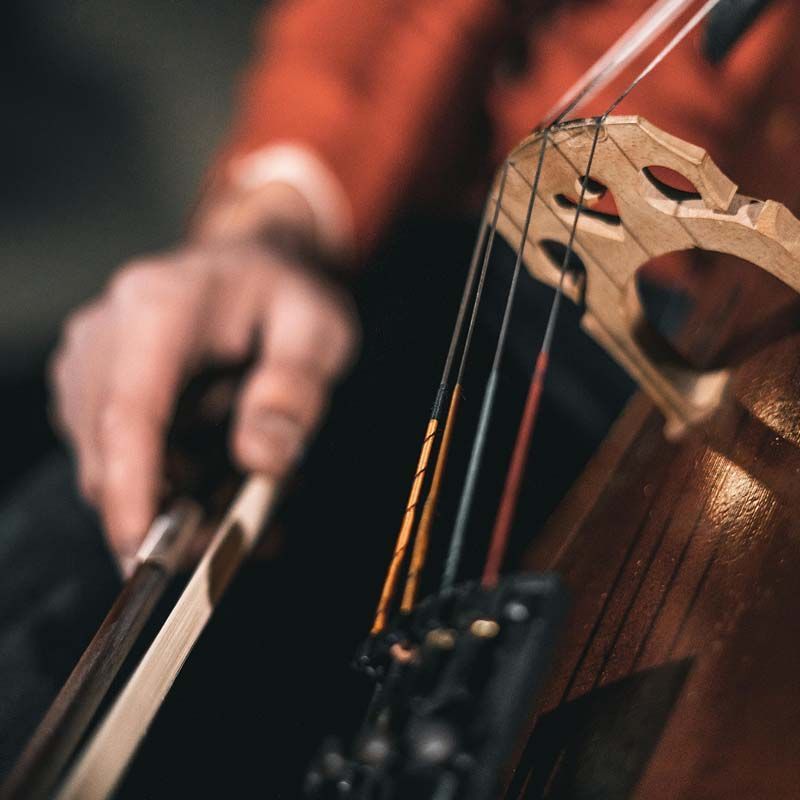Arts | Economics | Education | Environment | Government | Health Infrastructure | Justice | Media | Relations | Science | Spirituality
The Sphere of Arts
The realm of creative expression through various media
Renowned surgeon and author Leonard Schlain suggested that great advances in science were historically preceded by advances in the perception of artists. As such, artists of all types from any field, scientific or humanistic, can be seen as harbingers of new ways of perceiving/thinking, and then as the tellers of that story, finding simple yet eloquent ways of sharing their perceptions with the world.
From a Oneness perspective, art attempts to acknowledge all the different partial and whole relationships that contribute to the creation, appreciation, influence, and ultimately the meaning of art considering the following:

every human being is creative, and art is integral to all human endeavors.
The Perspective of the Artist Who Creates the Art
Attributes that influence the meaning of art include the artistic training and technical skill, aesthetic sense, creative style, and personal interests, as well as the artist’s psychological make-up, present emotional state, values, beliefs, level of cognitive development, level of self development, and level of spiritual development.
The Perspective of the Viewer
It is very possible that what the artist intended and what the viewer derives are not the same. Here we are mindful of the idea that the viewer’s interpretations are just as much a part of the ultimate meaning of the work of art as the artist’s intentions. Just as with the artist, the viewer’s aesthetic sense and personal interests, as well as his or her psychological make-up, present emotional state, values, beliefs, level of cognitive development, level of self development, and level of spiritual development, will all contribute to provide a context in which to determine the meaning of the art.
The Perspective of the Outside Cultural Context in Which the Work of Art is a Part
Some of the cultural factors that would be influential to the meaning of a work of art are things like present political currents, historical events that affect the present culture, the overall cultural values and definitions of what is beautiful and what is artistically skillful, and the overall average level of emotional, cognitive, moral, self identity, and spiritual development within the culture.

Artists can be seen as harbingers of new ways of perceiving / thinking
The arts permeate every aspect of our lives and reflect the artists’ gifts and desires to enquire about and to observe all aspects of life. The arts therefore are meme-makers and meme reflectors — mirrors through which we can see ourselves in new ways. From this perspective, every human being is creative, and art is integral to all human endeavors.
The Potential of Art
Art has the potential to help us realize our deeper nature if we allow ourselves to see how, in its creative seeds, there lies the source, the birth, and the death of the entire Universe. It can help us realize that the simple painting of a tree is similar to the vast unfolding of Spirit in and as the cosmos. It can help us realize that ultimately a speck of dust holds the same depth and breadth of magic, grace and beauty as a master’s painting, a poetic verse, or a symphony.
Because art of any form is an expression of our reality, it reflects and promotes social change, pushes boundaries, and challenges the status quo. In this way, the arts unite us and help us to grow and to create stronger, closer, healthier and more vibrant communities.
Art has obviously always been a powerful revolutionary tool, and it now becomes an evolutionary tool, as well. It is a healing force, helping to restore traumatized individuals and communities, where symbols of destruction are transformed into beacons of reconciliation, forgiveness, and hope.
Art beautifies and energizes the spaces where we gather. It shapes, improves and transforms communities and neighborhoods and other spaces where we meet and hold our ceremonies, including the way we honor our icons and those close to us who have died. The arts as a whole are also a powerful tool to generate income, and thus a great source of prosperity.
The arts continue to play a critical unifying and healing role in society. As such, the creation and appreciation of art cannot help but transform us if we are open and willing to engage in the ongoing process of broadening our horizons and striving to expand and integrate all aspects of life. This very journey toward wholeness certainly holds its own important quality regardless of whether or not our ultimate, idealized destination is ever reached.
As we are aware of the inextricable inter-relatedness, inter-connectedness, and inter-dependence of all of Life, the highest purpose of art is to express and reflect the Absolute Truth as an Awareness and a Self-Awareness, and to encourage the further development of Oneness Consciousness.




